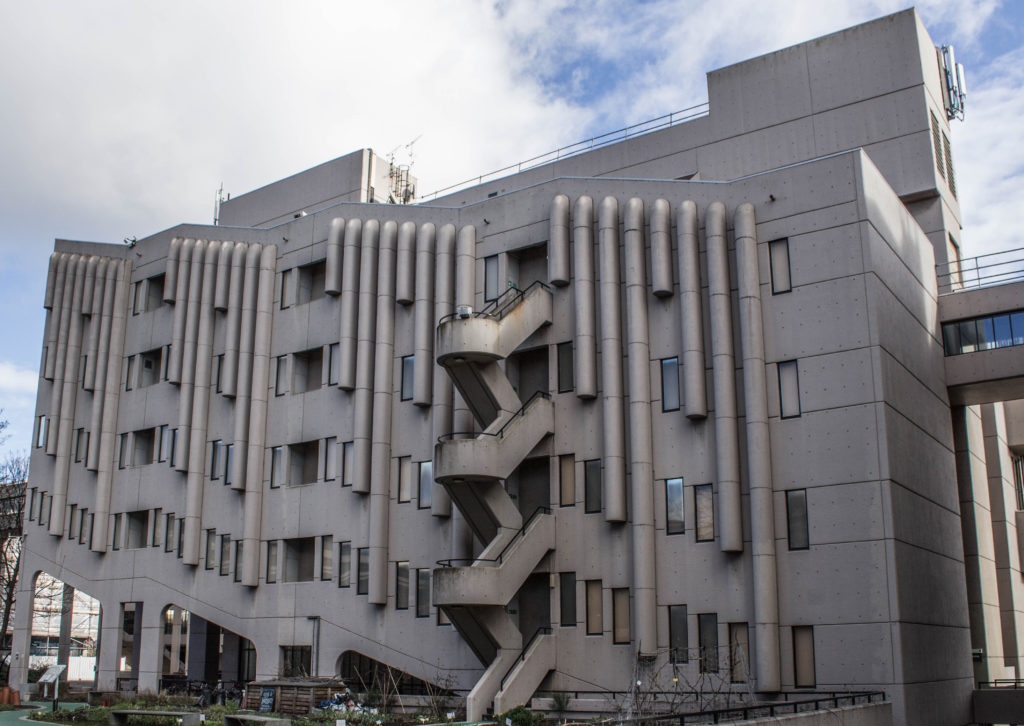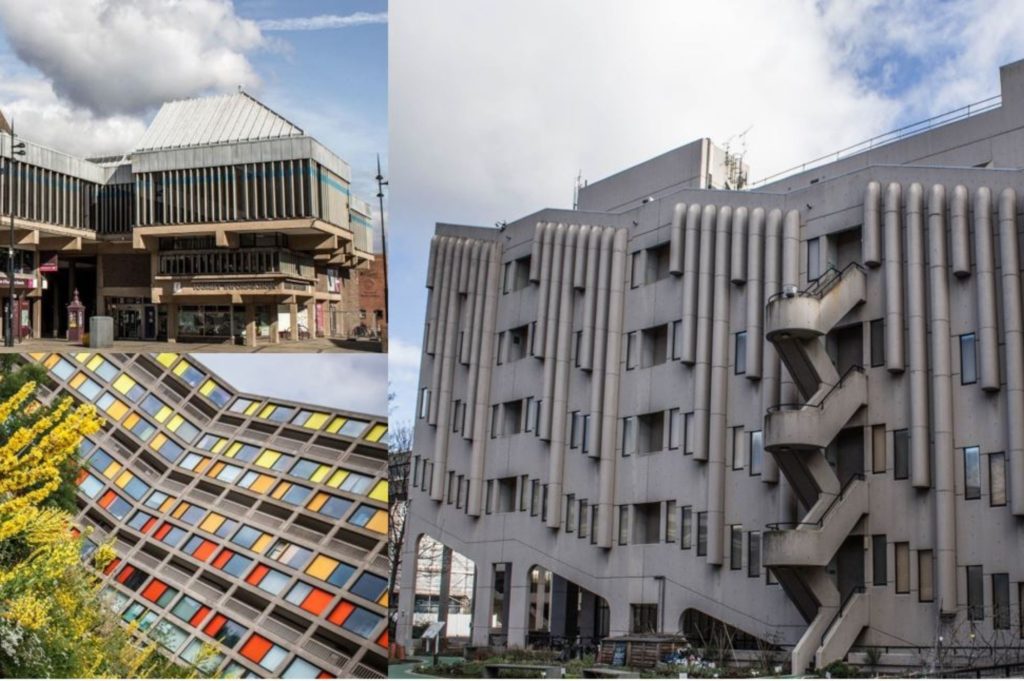Some of the finest examples of brutalist architecture in the north of England are at risk of being torn down, according to Simon Phipps, the photographer behind the book Brutal North, who believes a crucial part of the country’s architectural history could be lost in the process.
Lindsay Cruddas, a RIBA accredited Specialist Conservation Architect from Planning & Design Practice Ltd shares her thoughts on this divisive architectural style, the factors involved in considering the listing and conservation of buildings and the role that the re-evaluation and re-use of Brutalist buildings can play in a zero carbon future.
Design is subjective and Brutalist Architecture isn’t everyone’s cup of tea. In fact, moons ago I would have also wondered why a derelict 1950s brutalist building isn’t being knocked down for redevelopment. However, opinions change and so does our perception of Heritage.
Victorian architecture was once new and the following generation wanted to tear it down to make way for new buildings, fortunately much of it survives today given the relatively slow turn around on buildings occupancy.
Brutalist architecture, which are largely constructed from concrete expanses of blank walls and dominating structures, were mainly used for large scale developments such as flats, universities, and public buildings. A favourite of mine is the Roger Stevens Building at the University of Leeds, the structure is of an impressive scale and connects several spaces together. The building is a central figure in the city campus and negotiates the change in levels of the site with a grand concrete staircase. The building was designed by Chamberlin, Powell and Bon and built at the campus in the late 1960s. The striking façade expresses the ventilation services in concrete and internally the building uses ramped circulation to access the lecture theatres. The building was only listed in 2010 but because of its Significance it was Grade II* listed.

Conservation and listing of buildings is dependent on several factors of why a place is importance and what is its significance. They are broken down into the following categories:
- Evidential value: the potential of a place to yield evidence about past human activity.
- Historical value: the ways in which past people, events and aspects of life can be connected through a place to the present – it tends to be illustrative or associative.
- Aesthetic value: the ways in which people draw sensory and intellectual stimulation from a place.
- Communal value: the meanings of a place for the people who relate to it, or for whom it figures in their collective experience or memory.
As we move further into the 21st Century, some of these buildings are now 50-70 years old, they are the next stage of our architectural history. Of course, not every single brutalist building deserves to be listed however they do deserve a second chance. Take Park Hill in Sheffield, it was in a dilapidated state until recent years and now it has been refurbished into office space, a nursery, residential and student accommodation. The building has had a new lease of life and is a vibrant area of Sheffield once again.
Locally Derby Assembly Rooms could be listed to help secure its future. The building has Aesthetic value in its striking appearance with expanse of concrete and domineering stature. The building has communal value, for may people the building will be known for concerts and performances and the annual Derby Young Farmers Ball.
As a nation we wanted to be carbon zero by 2016, which was never going to be achievable, but part of our future is the reuse of existing buildings. The sensitive restoration and imaginative adaptation to these brutalist buildings could assist in the carbon zero goal as well as retaining a key part of our architectural history.
Lindsay Cruddas, Specialist Conservation Architect, Planning & Design Practice Ltd
Planning Design recognise the importance of the built heritage in our towns, villages and rural areas. We have worked on numerous schemes affecting Listed Buildings, Conservation Areas and the Derwent Valley Mills World Heritage Site. Director Jon Millhouse specialises in heritage planning and design team leader Lindsay Cruddas is a registered Specialist Conservation Architect.
Please don’t hesitate to contact us for a no obligation consultation to discuss your particular building or project.



